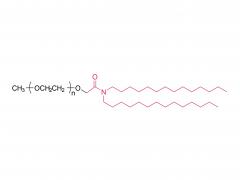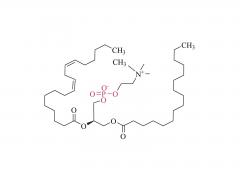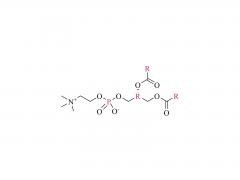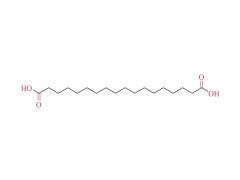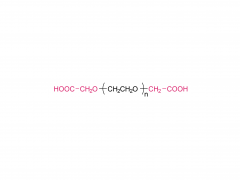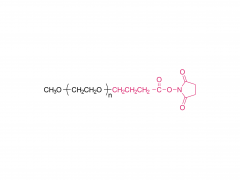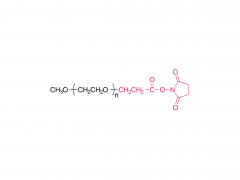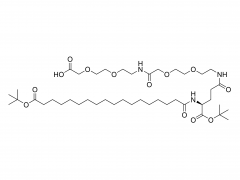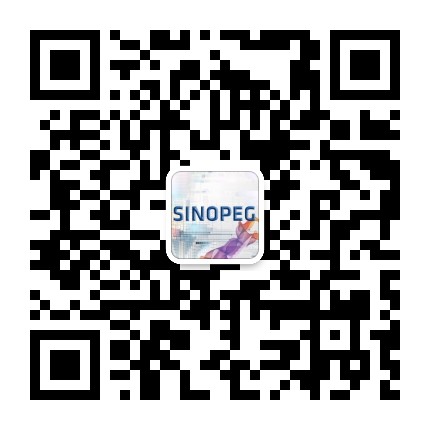1. Basic information
Chinese name: Methoxy polyethylene glycol - propanal, also known as monomethoxy polyethylene glycol propanal.
English name: mPEG-Propionaldehyde, can also be shortened to mPEG-pALD or mPEG-CH2CH2CHO.
Properties: White or white powder preparation.
2. Introduction of functional groups
mPEG-pALD is a single active PEG derivative, the key functional group of which is aldehyde group (CHO). Aldehyde groups have unique reactivity under specific conditions:
Type of reaction: The aldehyde group can react with the N terminal of amines, peptides, and proteins to form an imine containing a C=N double bond, which can be further reduced.
Reaction conditions: Although the reactivity of the aldehyde group is lower than that of the NHS active ester, the reaction conditions are relatively mild. Generally, the pH range is 6~9.5 (maximum range pH5~10), and the reaction time is 6~24 hours. This makes it relatively easy to make surface connections between PEG and proteins or other materials.
Selective reaction: At lower pH, mPEG-pALD will selectively react to the N-terminal of the protein.
Link stability: The stability of the link formed after the reaction of the aldehyde group with the N-terminal of the protein (through the reduction reaction to form a secondary amine) is essential for the preparation of the immobilized enzyme.
3. Application
Due to its unique functional group and reactivity, mPEG-pALD has a wide range of applications in many fields:
Medical research: As a general reagent for n-terminal peG-ization of proteins, used to improve the structure and activity of proteins.
Drug release: Controlled release and targeted delivery of drugs can be achieved by modifying drug molecules with PEG.
Nanotechnology and new materials research: for the synthesis of nanomaterials and functional coatings with special properties.
Cell culture: Providing a microenvironment conducive to cell growth and differentiation.
Product technical advantage
SINOPEG offers high quality PEG derivatives with novel and diverse product structures, abundant substituting groups, and high end-group substitution rates.
High PEG functional group content - Content up to 99%
Functionalization of PEG is the most difficult of PEG products. The common problem of the main products on the market is that the functional group content is not high. And we master the modification technology, initiation system, unconventional precipitation method and system extraction method and other technologies and processes can easily produce high functional group content products. The functional group content of most products can reach 99%, which is much higher than the 90% or so of rivals.
High quality PEG molecular weight control -PDI <1.05
The single molecule chain of a polymer is usually composed of many small repeating units connected by polymerization. The design and control of the synthesis method has a crucial influence on the length of a single polymer segment and the similarity of the length of multiple polymer segments. Our PEG synthesis technology guarantees very good dispersion (PDI<1.05), while many other companies' products typically have PDI around 1.1.
Relevant recommendation
|
mPEG-NH2
|
3-arm PEG-OH
|
|
mPEG-CM
|
3-arm PEG-NH2
|
|
mPEG-SA
|
3-arm PEG-CM
|
|
mPEG-SH
|
3-arm PEG-SH
|
|
mPEG-pALD
|
3-arm PEG-SC
|
|
mPEG-MAL
|
3-arm PEG-N3
|
|
mPEG-SC
|
3-arm PEG-NH2·HCl
|
|
mPEG-NPC
|
4-arm PEG-OH
|
|
mPEG-SS
|
4-arm PEG-NH2
|
|
mPEG-N3
|
4-arm PEG-CM
|
|
mPEG-AA
|
4-arm PEG-SA
|
|
mPEG-MA
|
4-arm PEG-SH
|
|
mPEG-VS
|
6-arm PEG-OH
|
|
mPEG-NH2·HCl
|
6-arm PEG-NH2
|
|
2-arm PEG-OH
|
6-arm PEG-CM
|
|
2-arm PEG-COOH
|
6-arm PEG-SA
|
|
2-arm PEG-NHS
|
6-arm PEG-SH
|
|
2-arm PEG-MAL
|
8-arm PEG-NH2
|
|
2-arm PEG-NH2
|
8-arm PEG-CM
|
|
2-arm PEG-Acetal
|
8-arm PEG-SA
|
|
2-arm PEG-CHO
|
8-arm PEG-SH
|
|
2-arm PEG-N3
|
8-arm PEG-pALD
|







